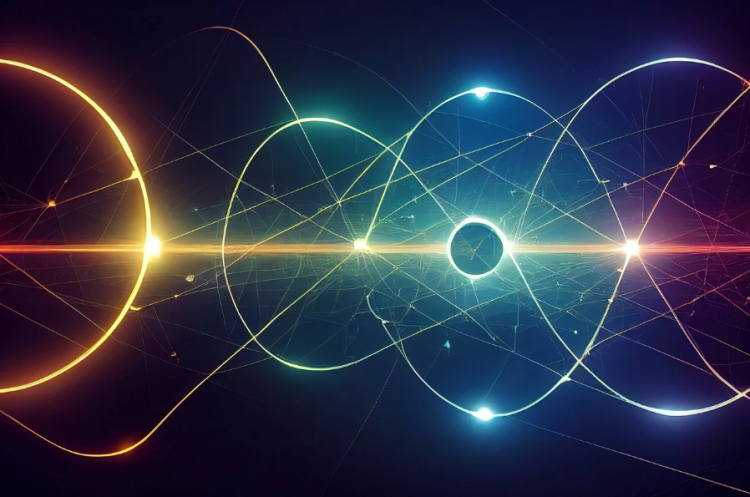Scientists at the Technical University of Denmark (DTU) have made a significant breakthrough in understanding a novel form of magnetic levitation, challenging the boundaries of classical physics. In an intriguing experiment first observed by a Turkish scientist in 2021, a rotating magnet caused a nearby magnet to spin and levitate, a phenomenon not accounted for by known physics principles.
Professor Rasmus Bjørk and his team at DTU replicated the experiment using standard components and delved deep into the physics behind this mysterious behavior. Unlike traditional magnetic levitation exemplified by Maglev trains, where magnets repel or attract each other, this new form involves a spinning magnet inducing hover in another magnet, a phenomenon that puzzled the scientific community.
Bjørk described the process, stating, "Magnets should not hover when they are close together. Usually, they will either attract or repel each other. But if you spin one of the magnets, you can achieve this hovering. And that is the strange part."
The team's extensive experimentation and simulations, detailed in their publication in Physics Review Applied, reveal that the rotating magnet creates an equilibrium state for the nearby 'floater magnet,' similar to how a spinning top stabilizes due to its rotation.
The experiments demonstrated that when the floater magnet locks into its hovering position, it aligns itself close to the axis of rotation and towards the like pole of the rotating magnet. This state of equilibrium is maintained as long as the rotational coupling persists, defying expectations based on the laws of magnetostatics, which govern static magnetic systems.
The DTU team's findings have significant implications, revealing a coupling between motion and magnetic force that was previously unrecognized. The discovery not only advances our understanding of magnetism and rotational dynamics but also opens the door to potential new applications in various fields, from engineering to materials science.
As the scientific community continues to explore the depths of this phenomenon, the DTU team's work stands as a testament to the ever-evolving nature of physics and our understanding of the universe's fundamental forces. With this newfound knowledge, researchers are one step closer to unlocking the full potential of magnetic systems and possibly developing new technologies that leverage the principles of this unexpected form of levitation.






